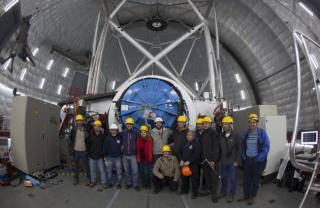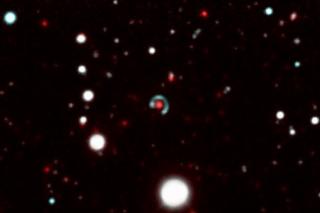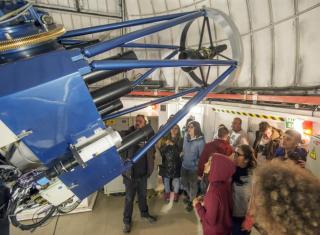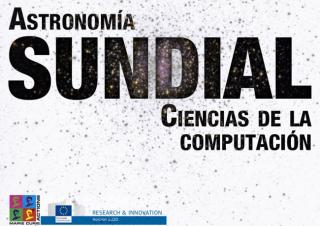
On Thursday June 2 nd the EMIR spectrograph was successfully linked to the Gran Telescopio CANARIAS (GTC). After several days of trials following its arrival at the Roque de los Muchachos Observatory, on Wednesday it was moved to the base of the telescope and on Thursday morning it was maneuvered by crane up to the level of the side platforms of the GTC, and attached to the rotator where it will be in place to receive the light from the telescope. The teamwork between the groups from EMIR and the GTC was critical for the correct performance of these manoeuvres, which were very complicated
Advertised on




